Counterparty Risk: Definition & Guide
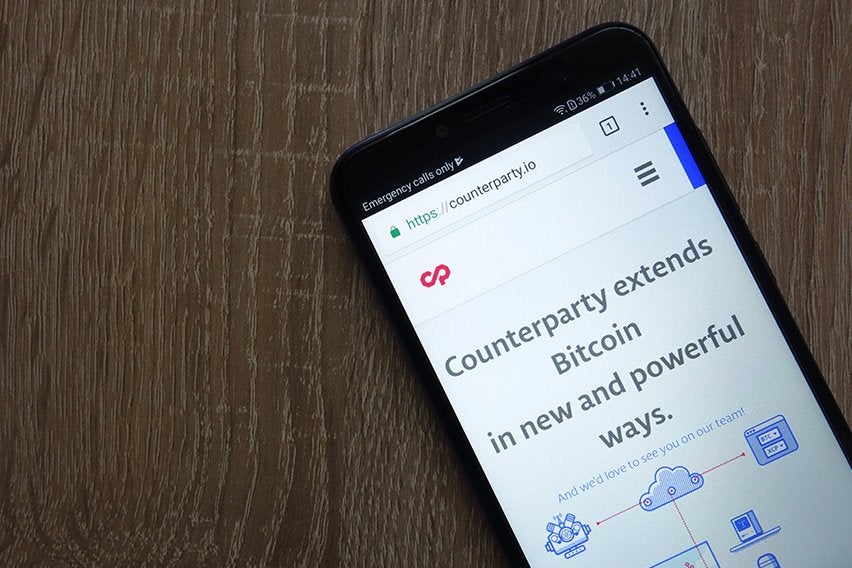
Counterparty risk is important to understand when borrowing or supplying funds in a trade. Learn everything you need to know.
As part of the credit landscape, there are certain types of risk involved. Counterparty risk is just one of the factors a lender will take into consideration before giving credit.
In today’s article, we’ll define counterparty risk and the different ways it affects our financial transactions. Both as investors and individuals.
Here’s What We’ll Cover:
What Are The Different Types of Counterparty Risk?
How Is Counterparty Risk Measured?
What Is Counterparty Risk?
Simply put, counterparty credit risk measures the likelihood that one party will default on a financial transaction. Financial services of all kinds will use this but it’s more common with banking services. It’s most common in credit and derivatives markets. This is a “financial security” exchange.
Default risk is the basic level of risk that a lender accepts when making a financial transaction within this framework. Counterparty risk is a subsect of default risk. It suggests there’s a chance that companies or individuals can’t make payments on their debts. And therefore go into default.

What Are The Different Types of Counterparty Risk?
This term pops up in three main places in the financial landscape:
- CreditThis is where you have heard it most often. You have a credit score and that measures your counterparty risk to a potential lender for credit on any purchases. We’ll dive into this more later in the article.
- InvestmentAn investor needs to measure the counterparty risk that an investment may fall through. Return on investment is never guaranteed and there’s always market risk. So the risk in this context is more “accepted” than with credit.
- TradingThis only pops up when you are trading with an individual directly, as opposed to on the centralised exchange.
How Is Counterparty Risk Measured?
Credit Scores
When creditors look to calculate the probability of default of an individual, they use the humble credit score. It has become a shorthand for financial stability in recent years. But it’s just a framework for credit.
There are three main credit rating agencies in the UK. They all have different measures of what constitutes a trustworthy credit score.
|
Experian |
Equifax |
TransUnion | |
|
Fair |
721-880 |
380-419 |
566-603 |
|
Good |
881-960 |
420-465 |
604-627 |
|
Excellent |
961-999 |
466-700 |
628-710 |
These scores are used to measure the counterparty risk of any individual. They are measured by reviewing financial transaction history and the person’s history with credit. This analysis of credit risk comes from reviewing financial information. For example from credit card companies and financial statements.
If you are deemed to be a risky individual, the financial institution may issue a risk premium.
Risk premiums will come into play if a borrower shows a history of risky behaviour with credit, It could be a percentage increase. They are extra payments on top of the loan amount that the individual must agree to pay to secure the debt.

Investment and Trading Risk
In the case of investments and trading, it’s a little more complicated. We don’t assign credit scores to companies. Unless the company and individual are one and the same, like a sole tradership.
Investors have to do their own due diligence to measure the counterparty risk of the company they intend to invest in. Investors try to measure market loss as well.
To make a solid choice, an investor needs to review the company’s financial statements to see if they are likely to make a return on their investment.
When trading in derivative markets, there are some measures of counterparty risk. Bonds have a letter score to determine whether they are low risk or high risk of default. High-risk trades on bonds yield higher returns but are inherently less likely to follow through. It’s up to the investor to determine the level of risk they are comfortable with before making a trading transaction.
Credit default swaps are a good example of this kind of bond trade.
Key Takeaways
Counterparty risk is the metric that financial institutions assess the chance a borrower will default. Central banks measure most individuals by credit scores in order to give the risk a numerical value. Credit rating agencies aid the process of bank lending.
For more guides like this one, check out our resource hub!
RELATED ARTICLES
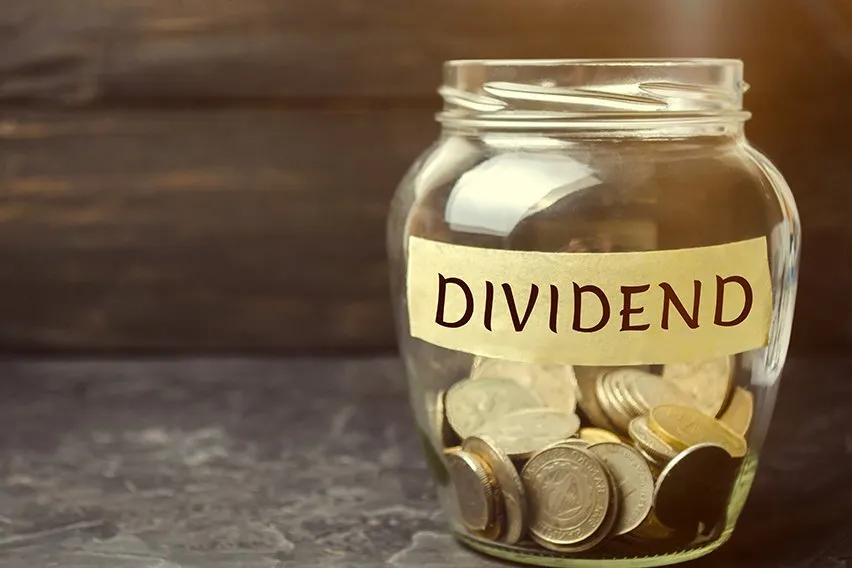 Dividend Policy: Definition, Types & Examples
Dividend Policy: Definition, Types & Examples Learn the Pros and Cons of Outsourcing
Learn the Pros and Cons of Outsourcing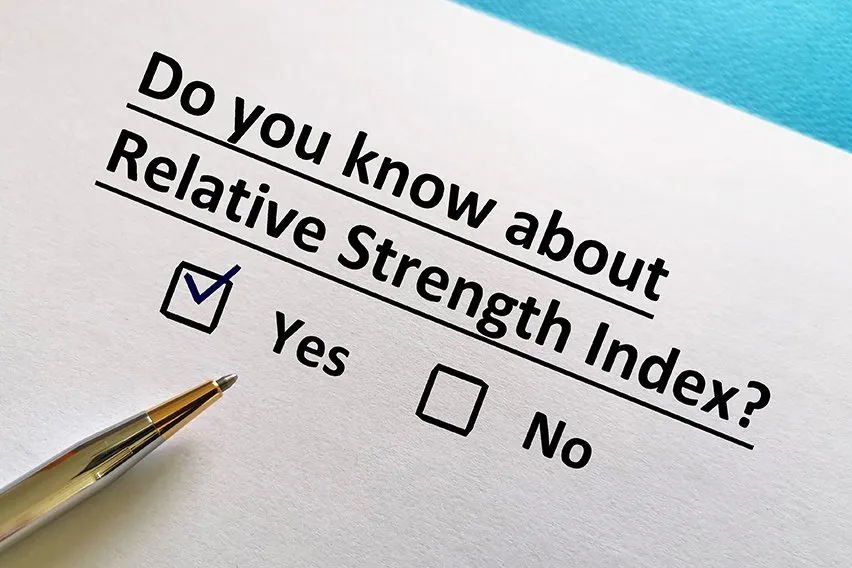 Relative Strength Index (RSI): Definition & Calculation Guide
Relative Strength Index (RSI): Definition & Calculation Guide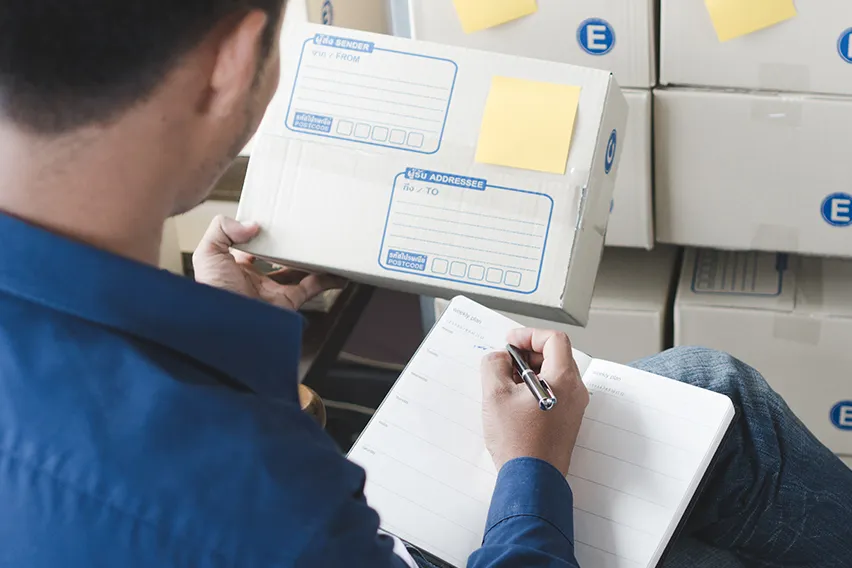 What Is a Delivery Note? Everything You Need to Know
What Is a Delivery Note? Everything You Need to Know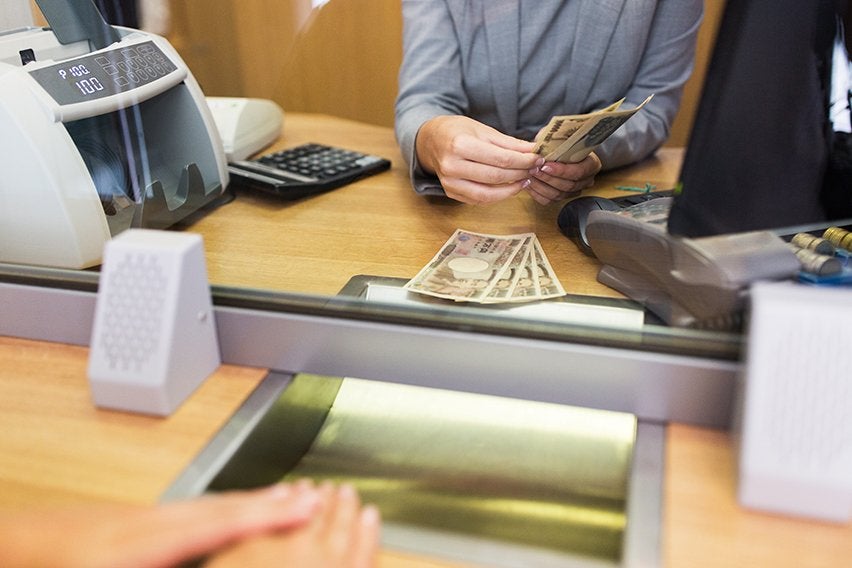 What Is a Challenger Bank? Everything You Need to Know
What Is a Challenger Bank? Everything You Need to Know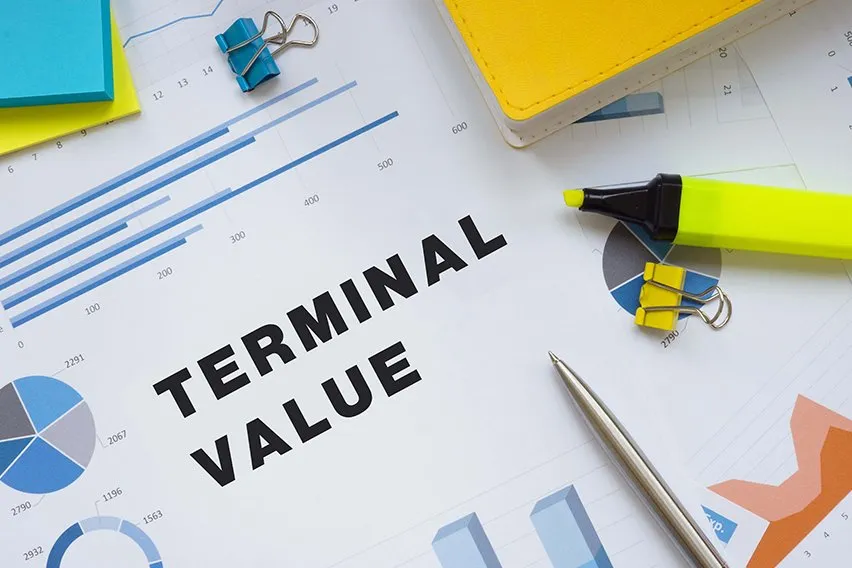 What Is Terminal Value & How to Calculate It in DCF
What Is Terminal Value & How to Calculate It in DCF